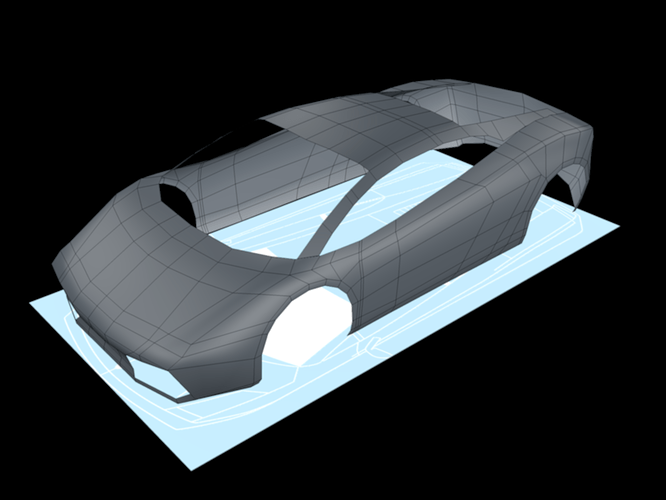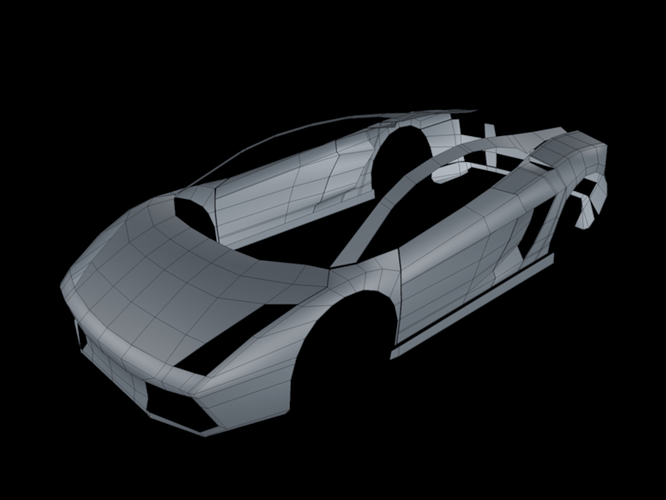Hi all
This is a series of video tutorials on how to model,texture ( and maybe even rig and animate) a Lamborghini Gallardo from scratch.After modeling and texturing is complete,compositing a scene and combining rendered Gallardo (as foreground object) with a real-world background,is coming next.
We’re going to be discussing a broad variety of hard edge modelling,composite material using nodes,rendering using Cycles,compositing even rigging techniques.
Here are the links to those of the parts that have been published so far >
YouTube >
Part One > http://www.youtube.com/user/PeterDraculic?feature=mhee
Part Two > http://www.youtube.com/watch?v=KP-tuZ5TSes&feature=channel_video_title
Part Three > http://www.youtube.com/watch?v=chhxJEElKVk
Part Four >http://www.youtube.com/watch?v=ezdtD-TwrlM
Part Five >http://www.youtube.com/watch?v=UByMwcytTc
Part Six >http://www.youtube.com/watch?v=M3FHFNKPPqs
Part Seven > http://www.youtube.com/watch?v=qb8dWxJLK1w&list=UUKDe8_5-j7HvyS6p0QLlaA&index=1&feature=plcp
Vimeo >
Part One > http://vimeo.com/37243659
Part Two > http://vimeo.com/37377499
Part Three > http://vimeo.com/37494591
Part Four > http://vimeo.com/37778136
Part Five > http://vimeo.com/38096700
Part Six > http://vimeo.com/38137788
The blueprint for modelling Gallardo has been created and is courtesy of (and kindly offered by) Simon Gibson,graphic designer and artist,based in UK,here is a link to his site:
http://www.simon-gibson.co.uk/
Thank you so much Simon!
hope you’ll enjoy this tutorial series and you’ll find it helpful somewhat
Peter




